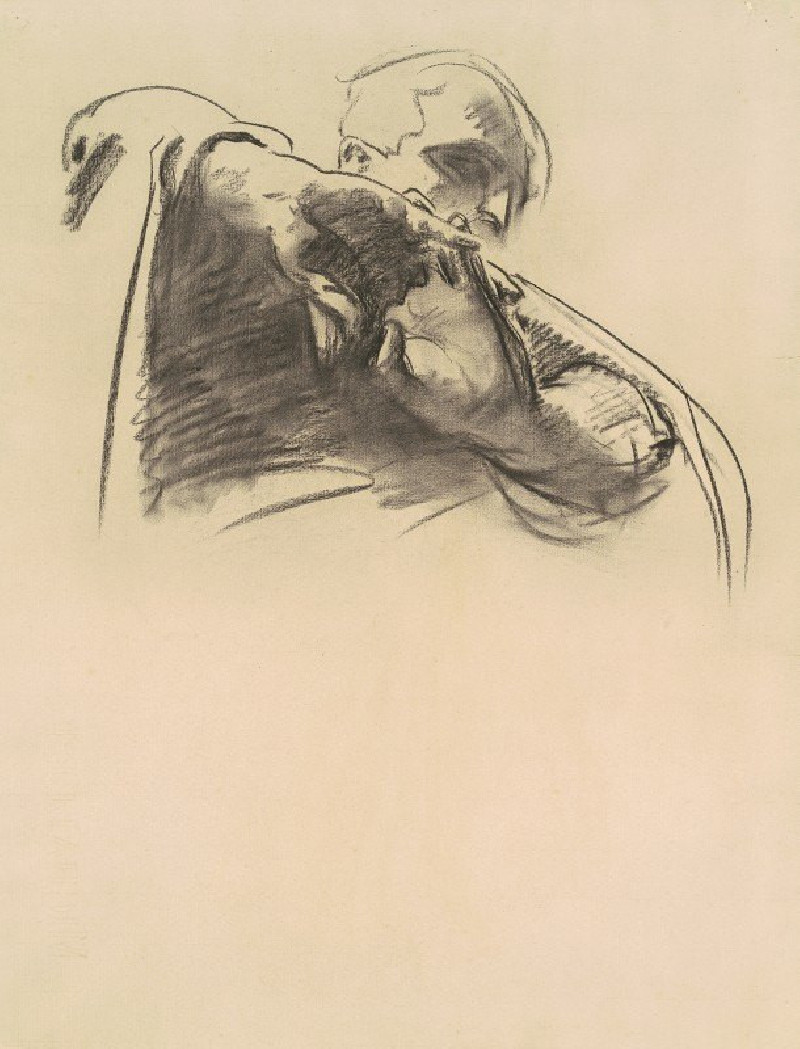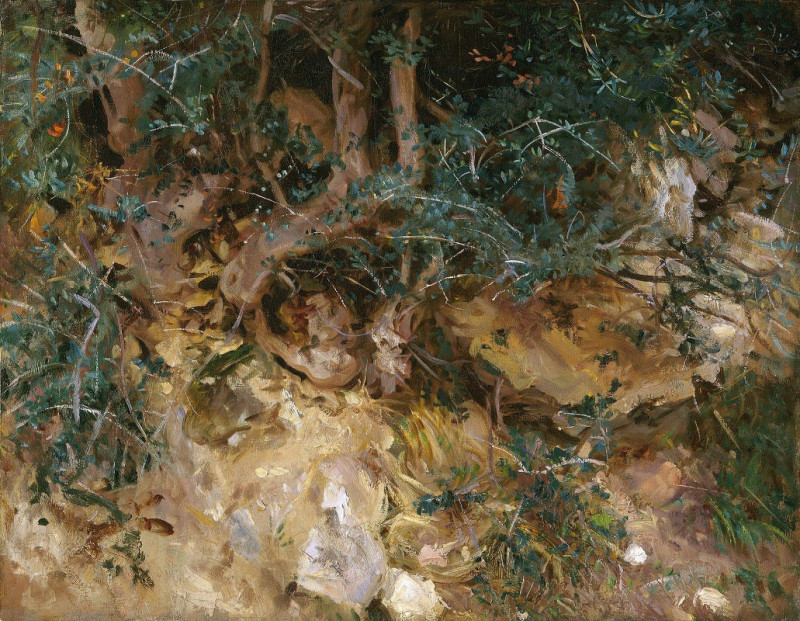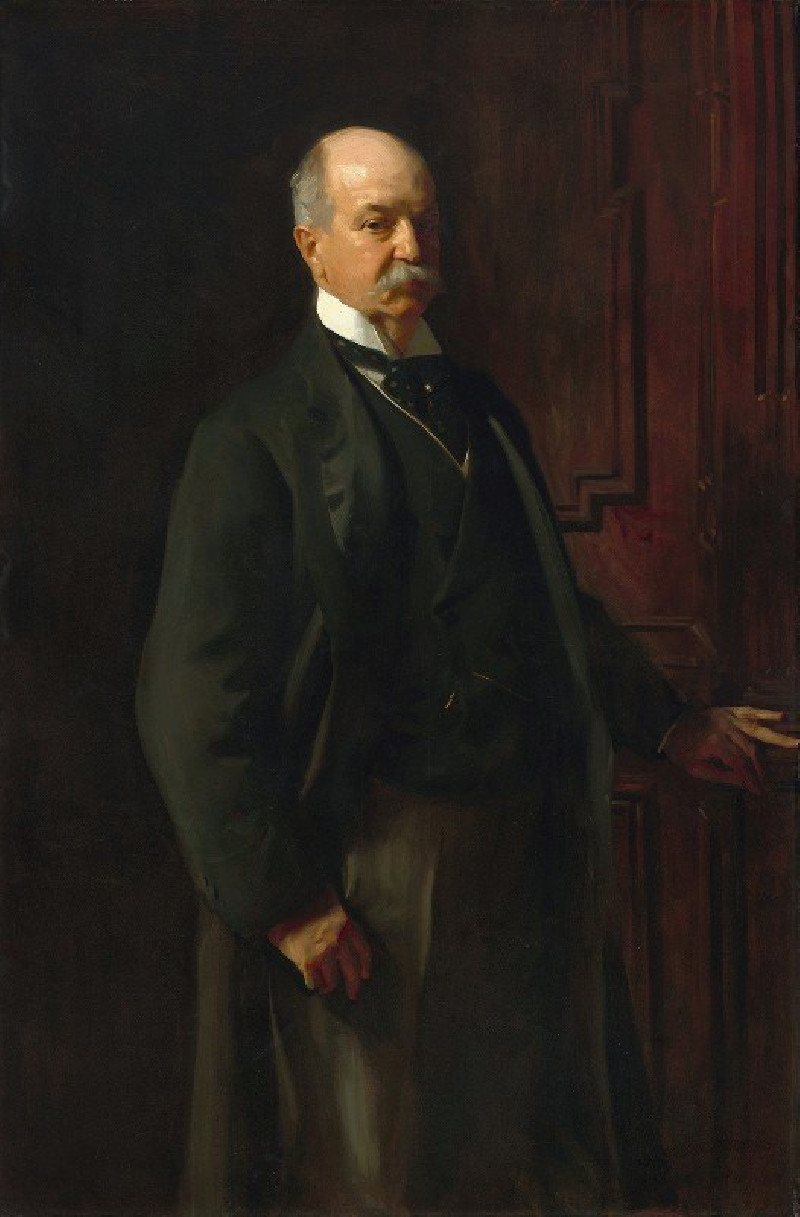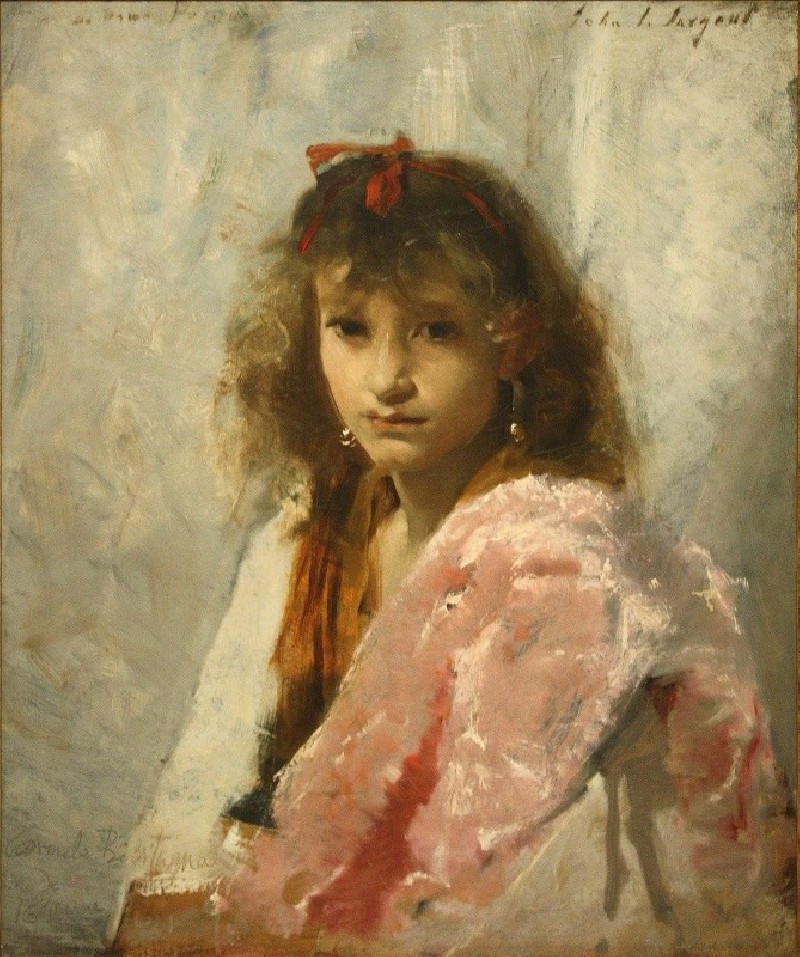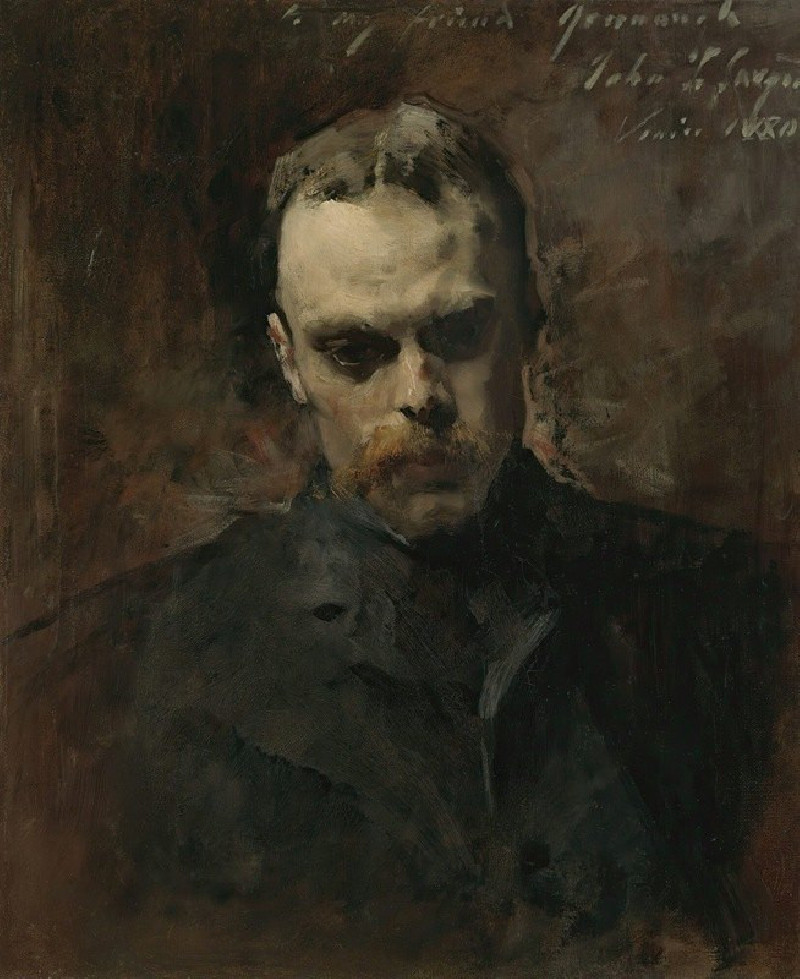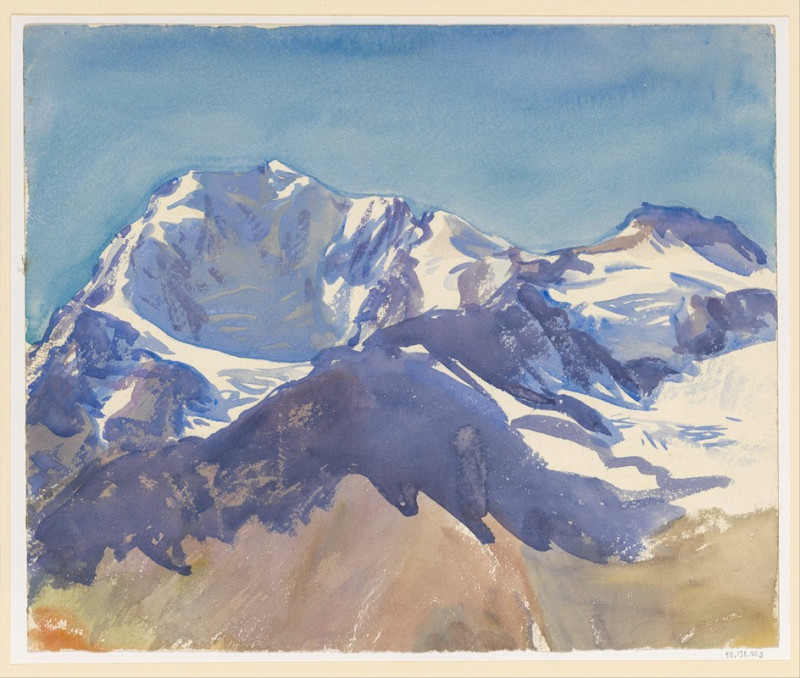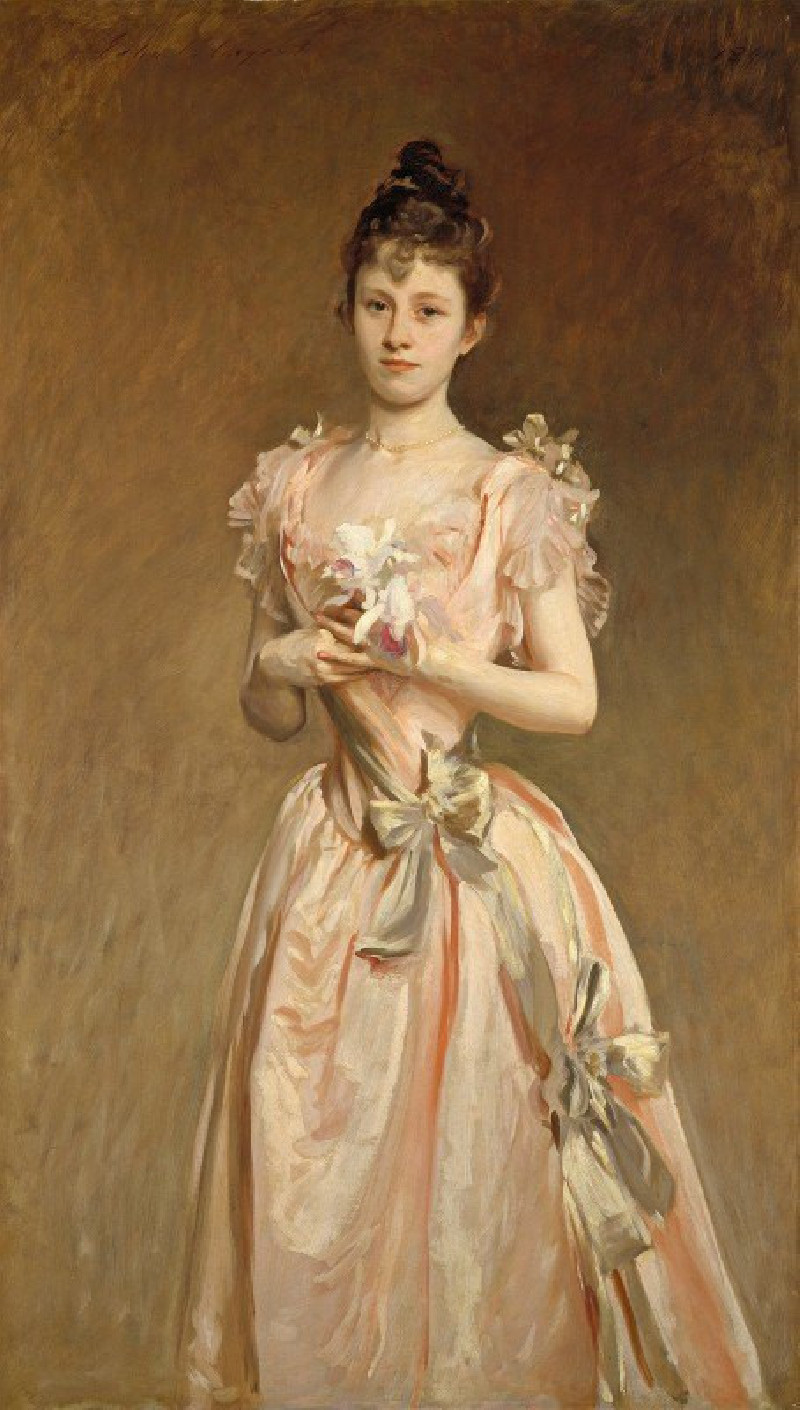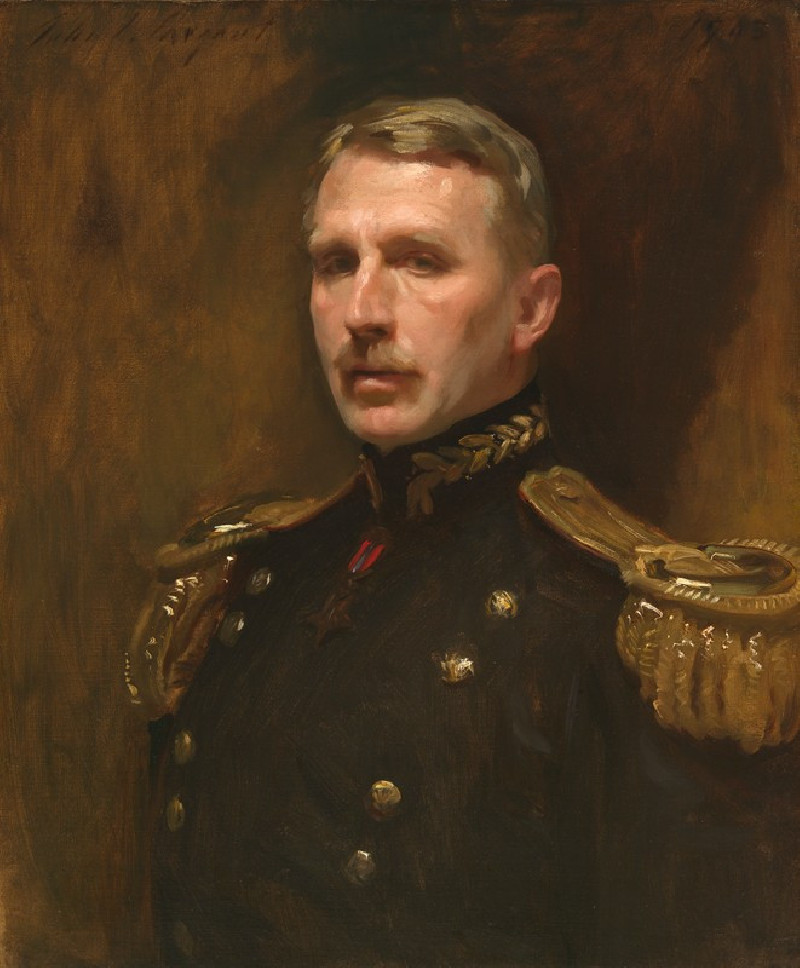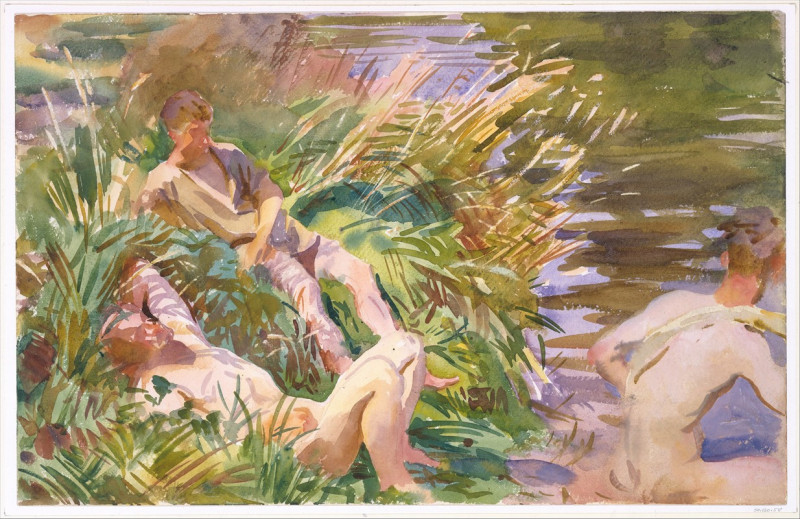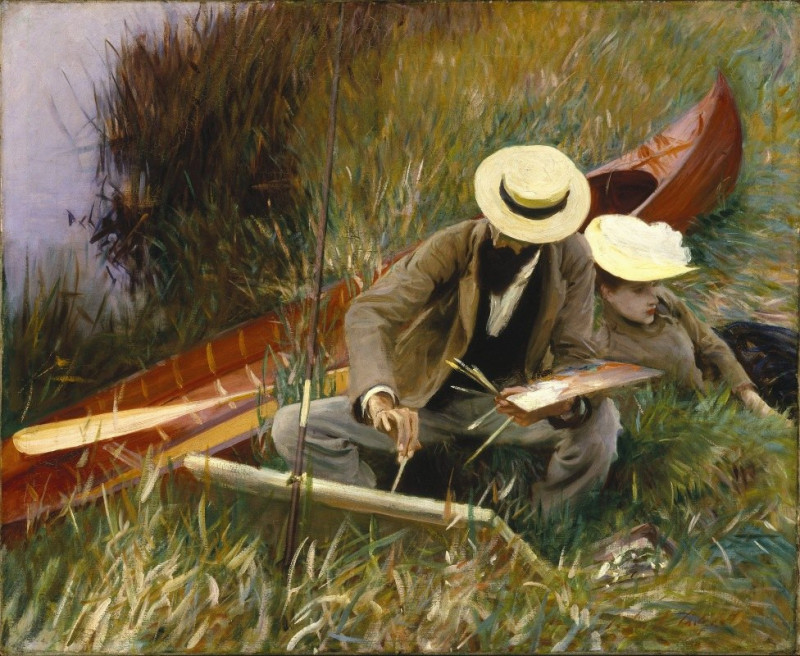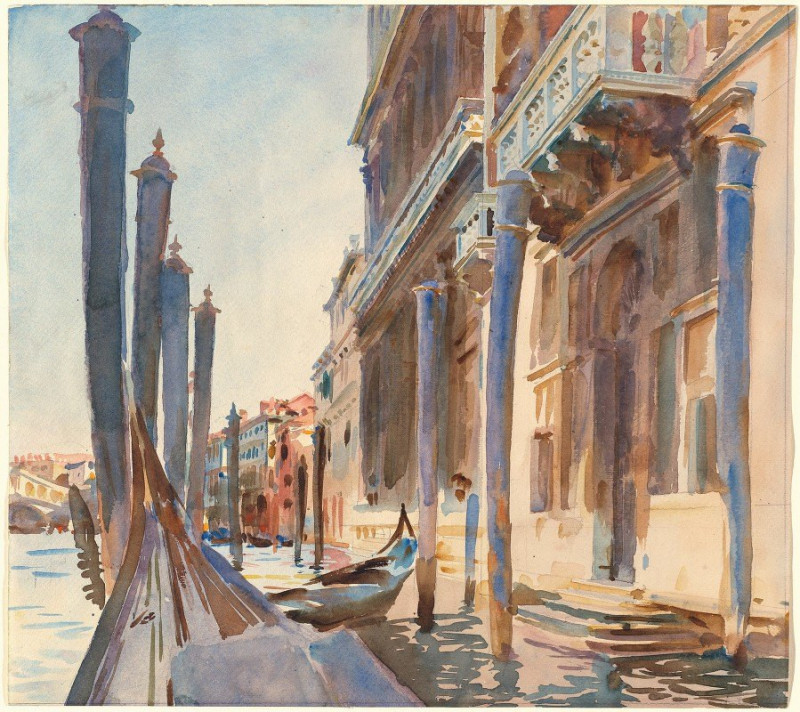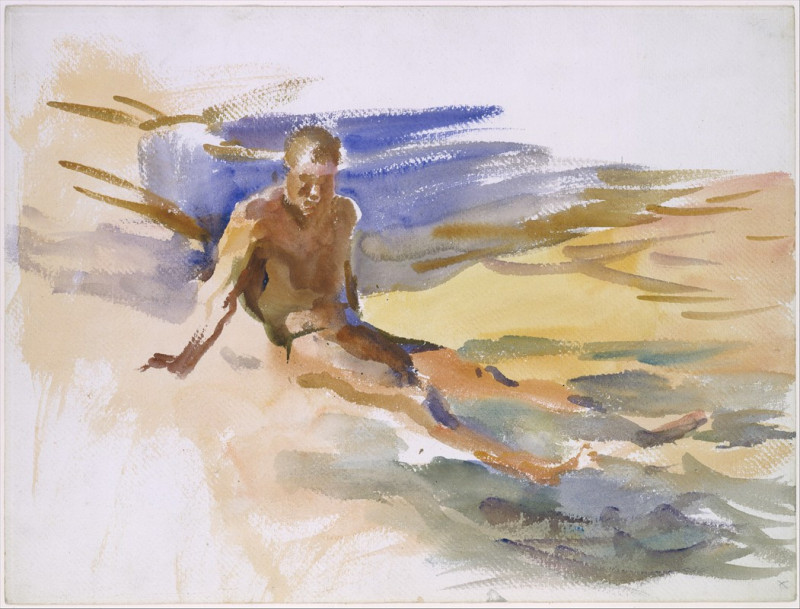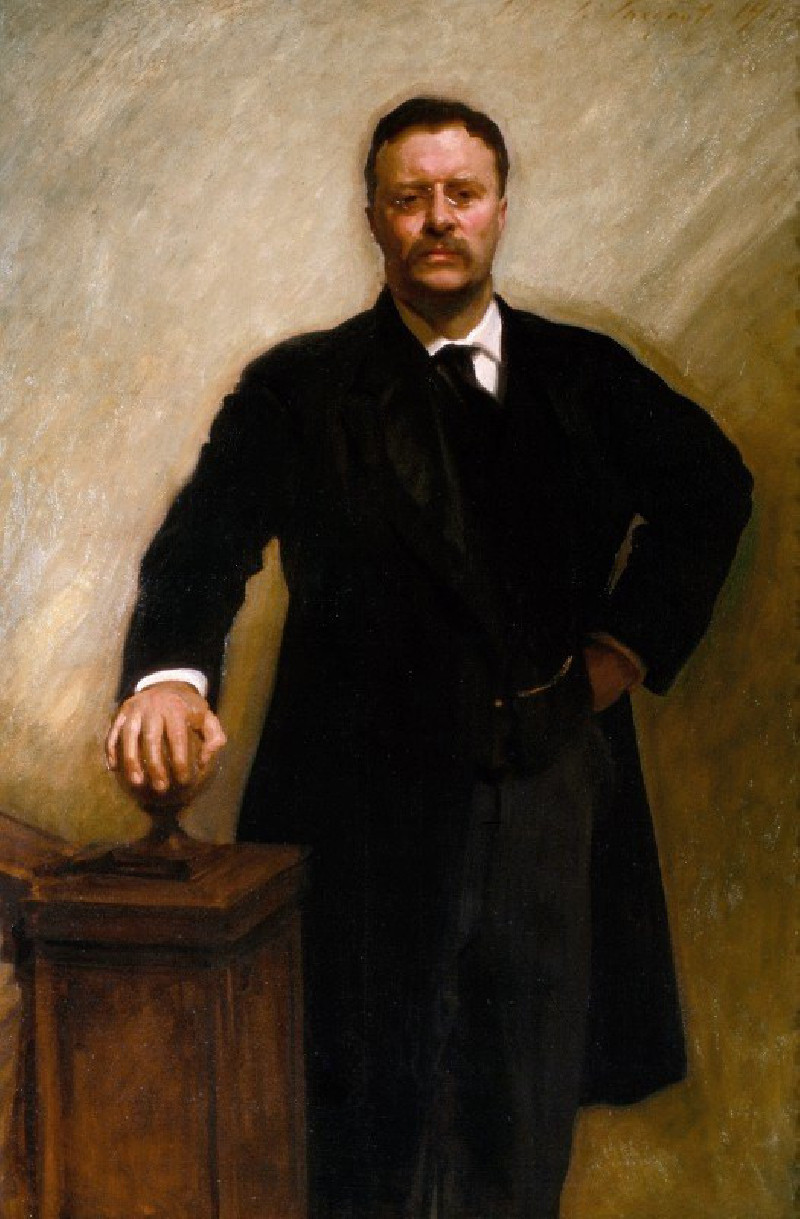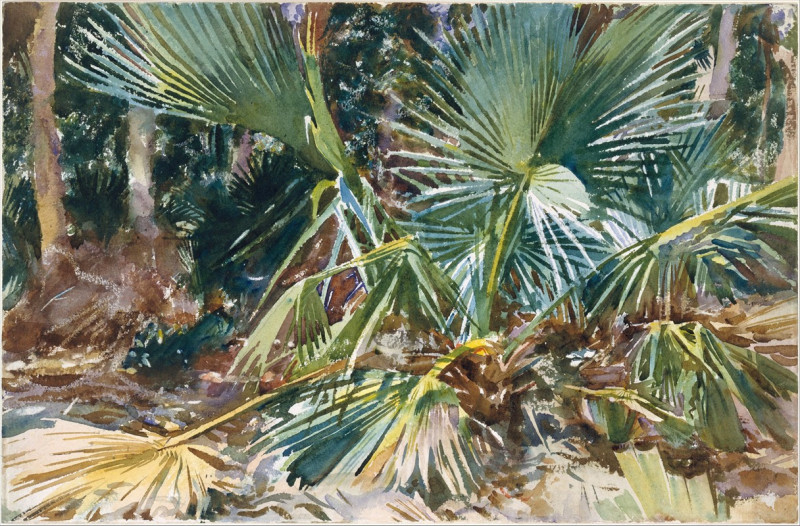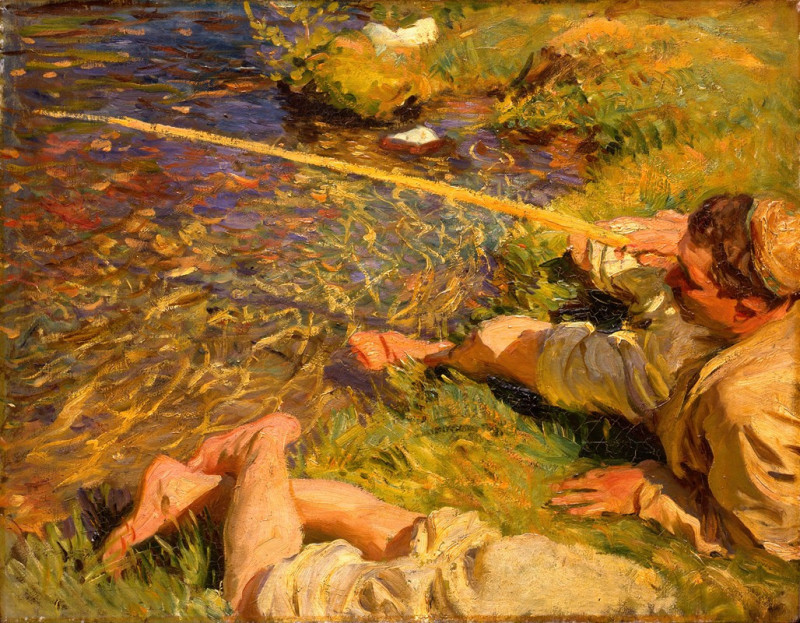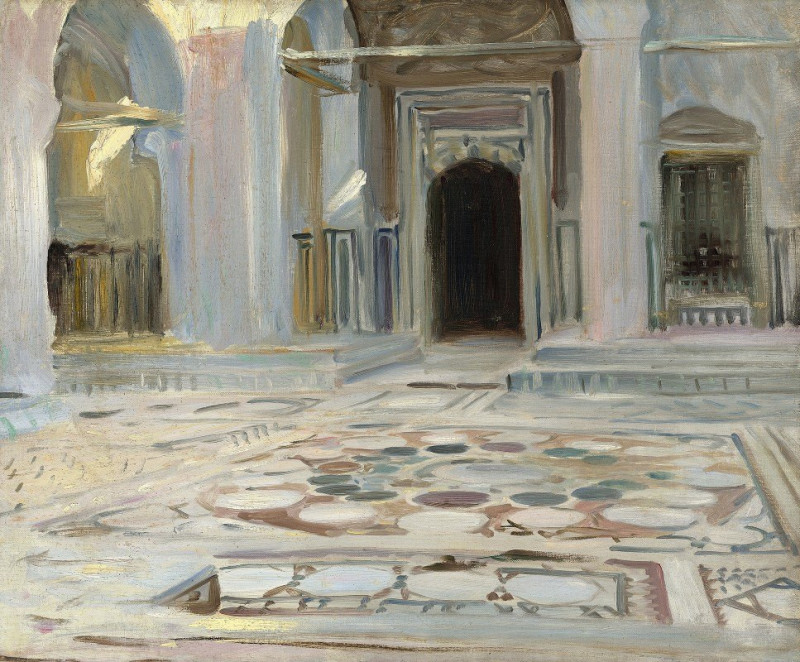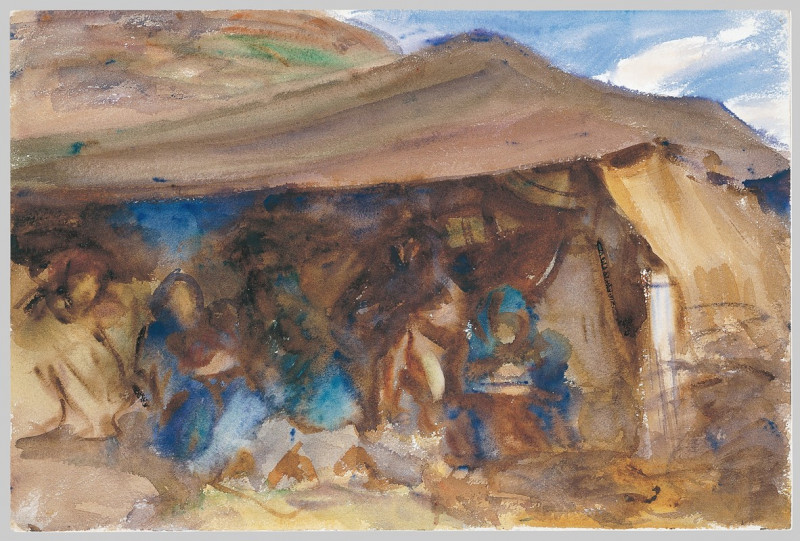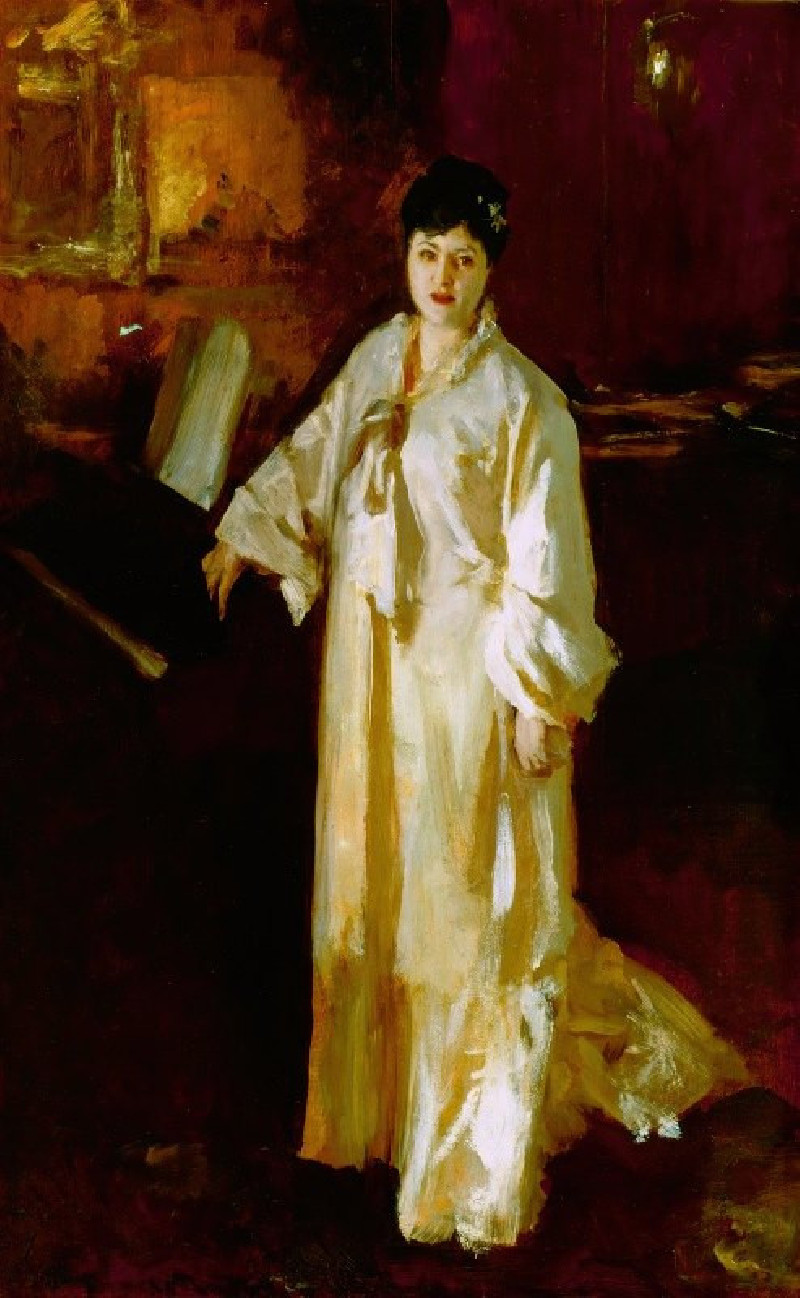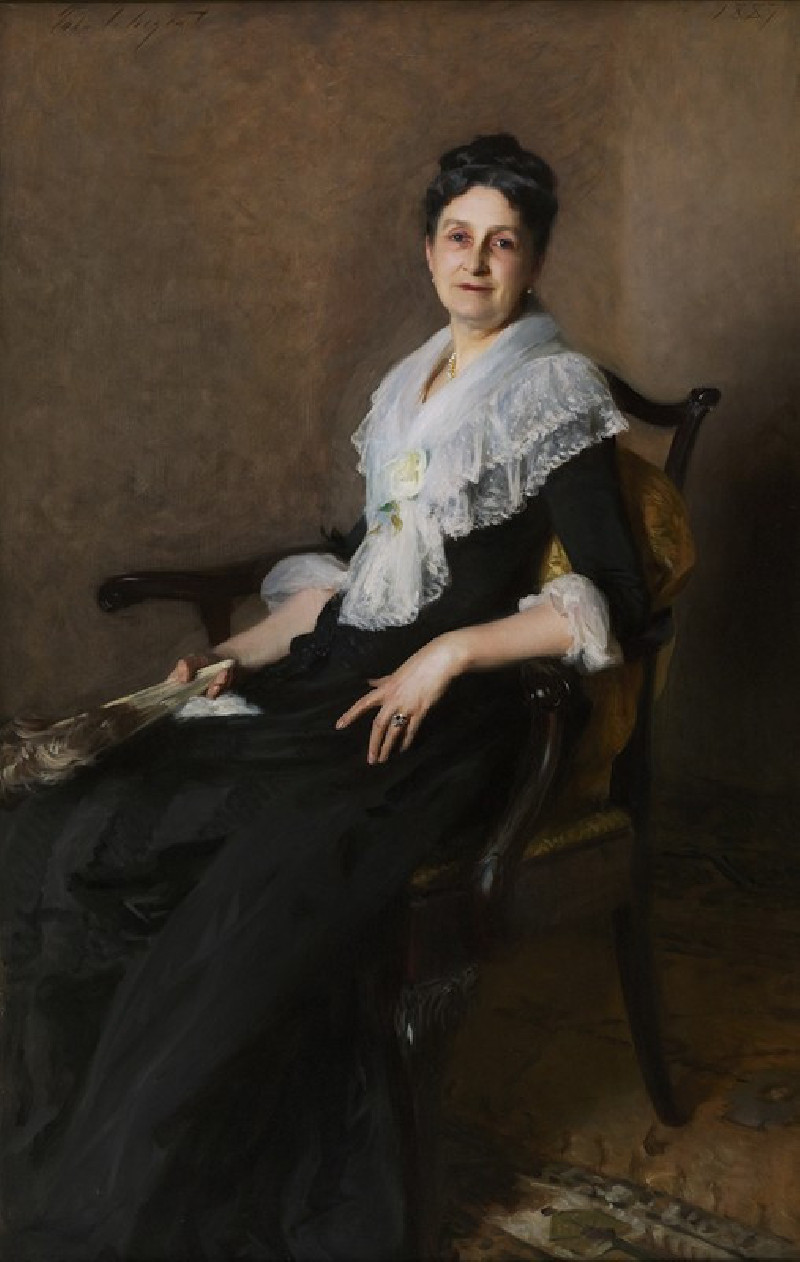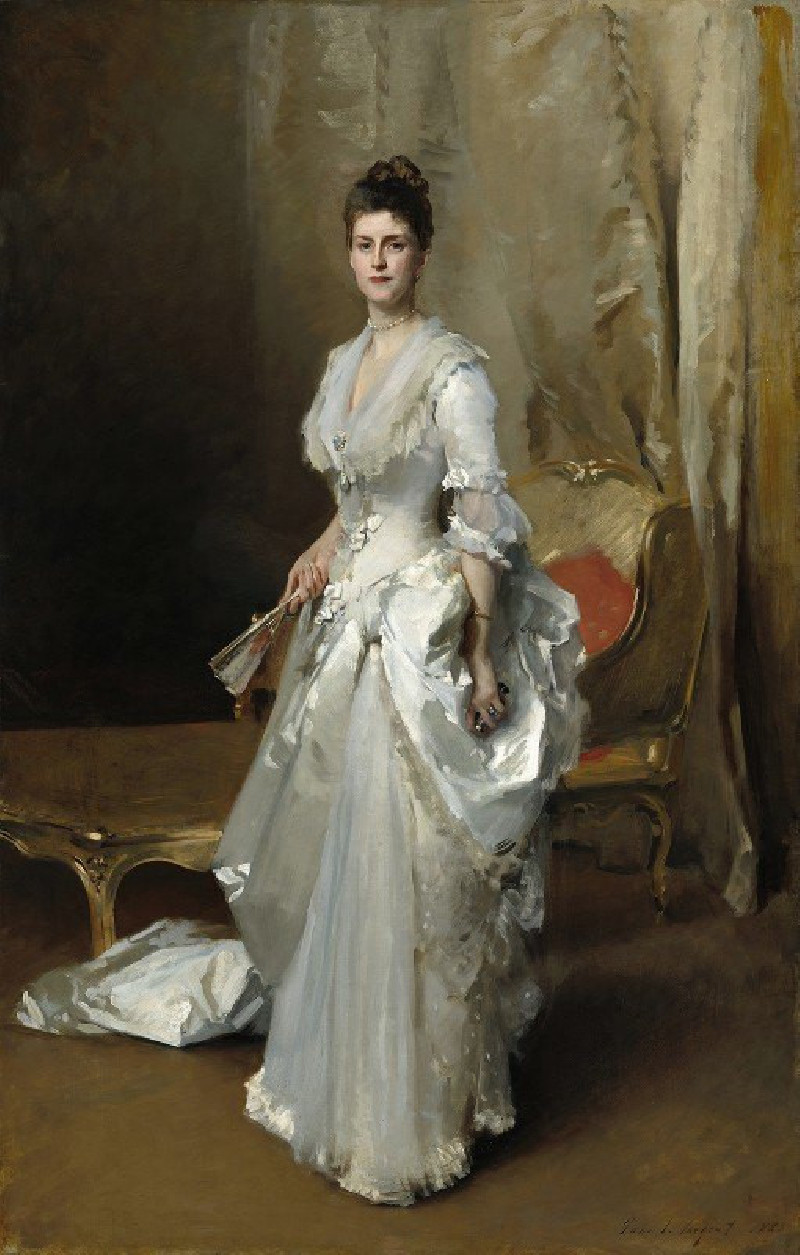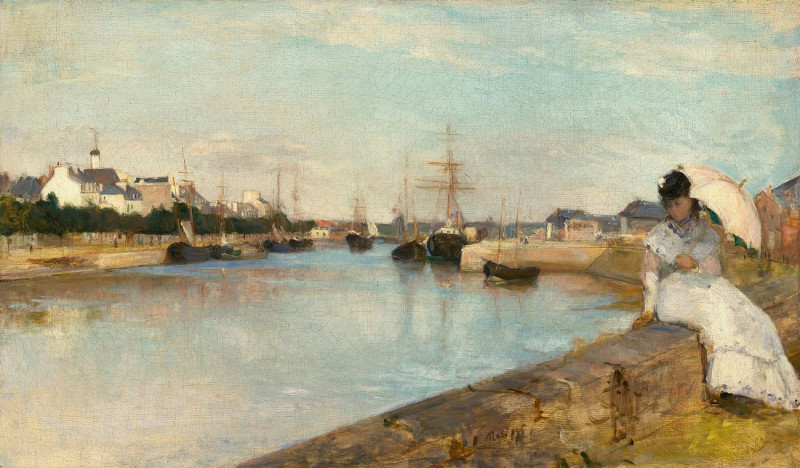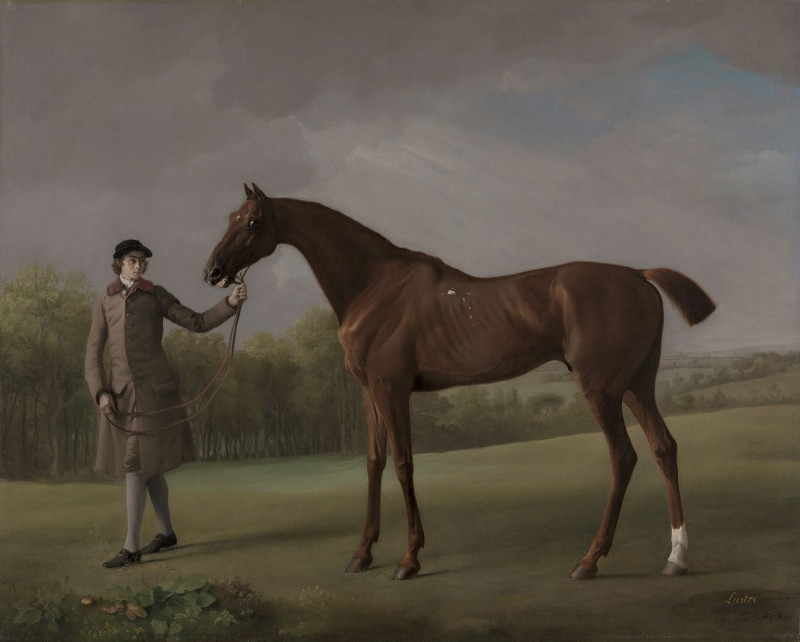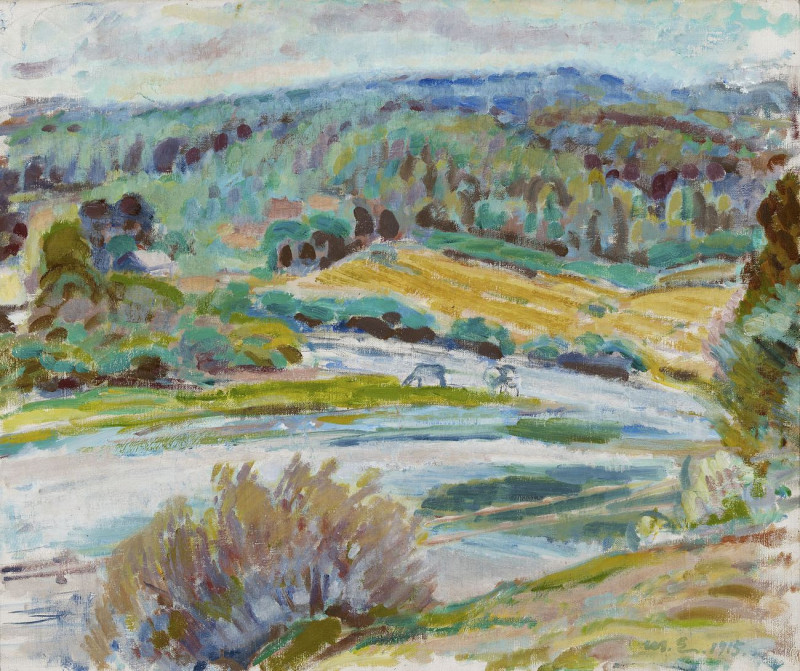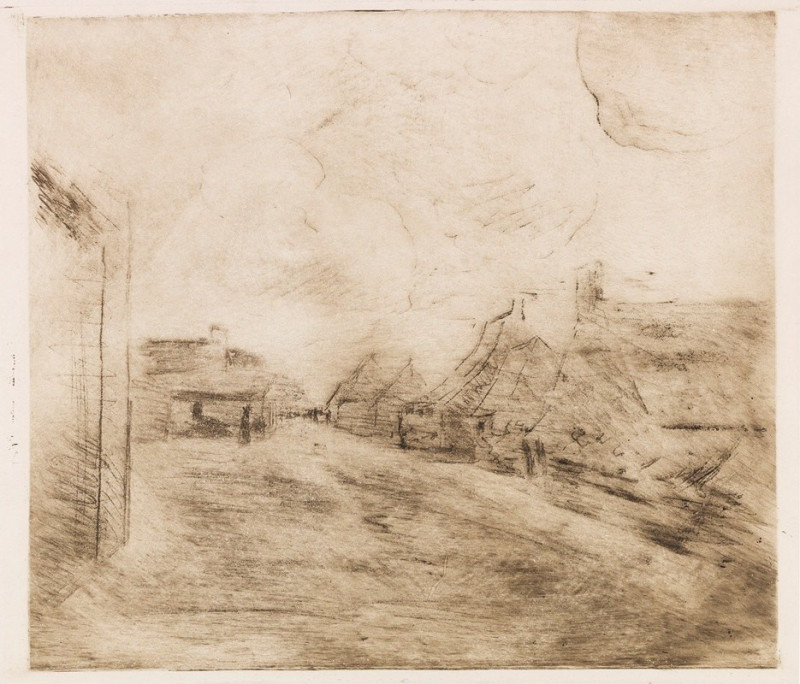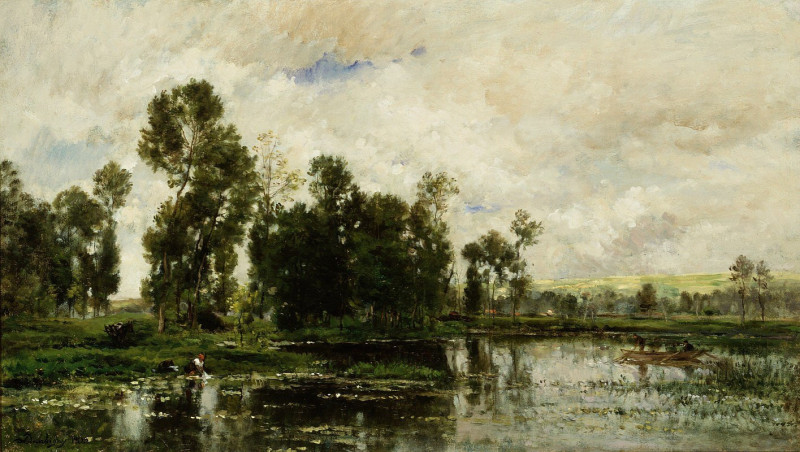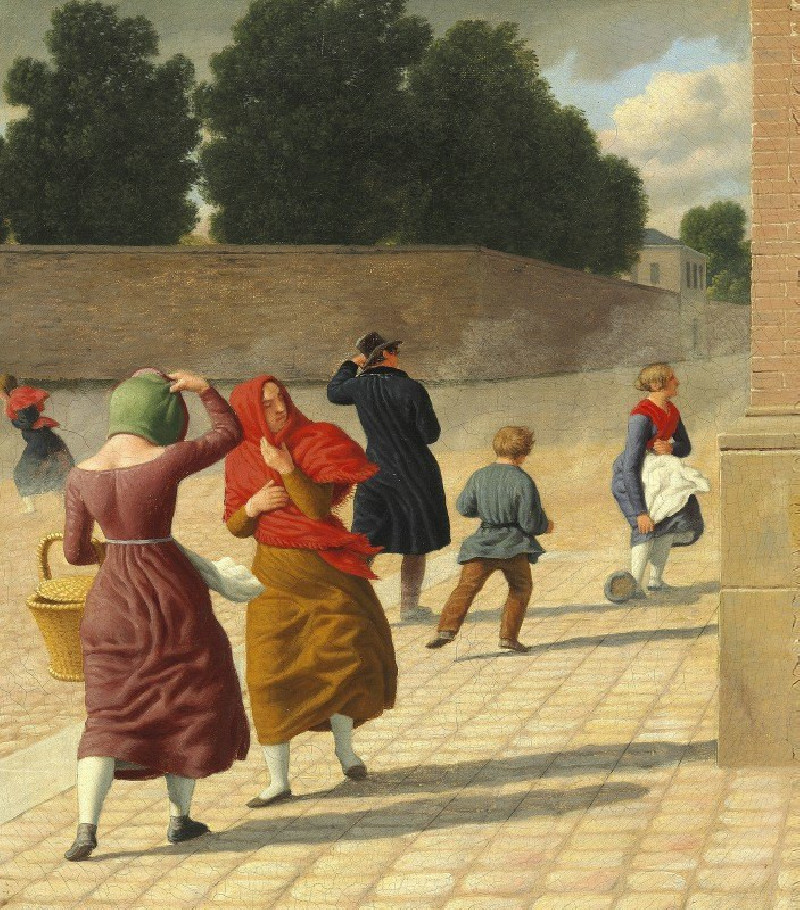Study for ‘The Crucifixion and Death of Our Lord’ (1909-1916)
Technique: Giclée quality print
Recommended by our customers
More about this artwork
Immerse yourself in the evocative portrayal captured in John Singer Sargent’s "Study for ‘The Crucifixion and Death of Our Lord’" (1909-1916). This remarkable sketch serves as a compelling exploration of one of the most poignant themes in Christian art.This expressive piece features a close-up view of a bowed figure in an intense state of despair or exhaustion. The focus of the sketch is on the figure's head and hand, dramatically illuminated amidst the dim surrounding tones. The hand reaches up, perhaps in an outpouring of plea or in a profound moment of suffering, capturing a deeply emotional state correlating to themes of agony and sacrifice.Sargent’s mastery in rendering emotions through stark contrasting shades and loose yet impactful strokes adds a sense of dynamism and depth, engendering a feeling of immediacy and intimacy. The minimalistic composition, devoid of any distracting elements, directs all attention to the raw emotion expressed by the figure.This study not only serves as groundwork for a larger scope of work focusing on the crucifixion and death of Jesus but stands alone as a poignant snapshot of human emotion, transcending religious contexts to strike a chord with universal feelings of suffering and endurance.We invite you to reflect on the powerful simplicity of Sargent’s technique and the emotional resonance of this sketch.
Delivery
Returns
Born in Florence to American expatriate parents, John Singer Sargent (1856–1925) is considered Europe's leading portrait painter of the Edwardian era. He was educated at both Accademia delle Belle Arti and Paris's École des Beaux Arts. While in Paris, under the guidance of Émile–Auguste Carolus–Duran, a portraitist and muralist, Sargent learned to paint directly from observation without first sketching, employing a fluidity, influenced by the Impressionists. Sargent created more than 2,900 paintings, mainly portraits and landscapes from his travels across the Atlantic, Europe, the Middle East and America.

